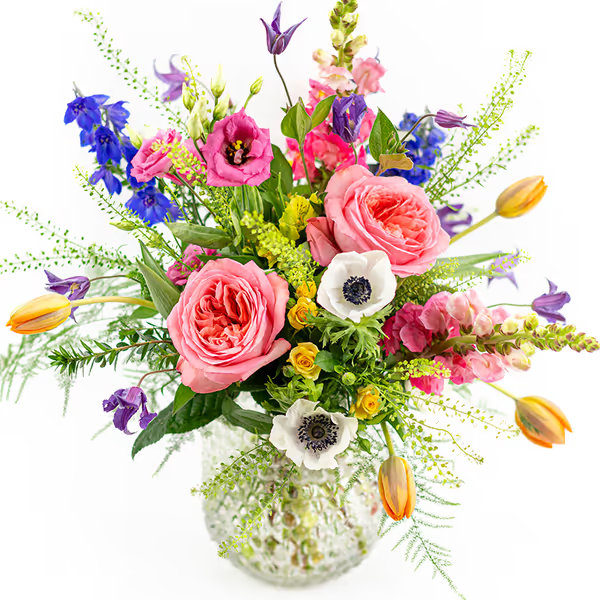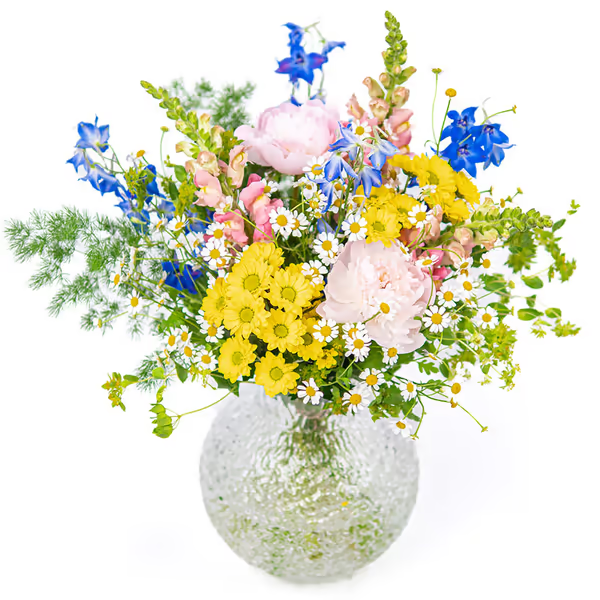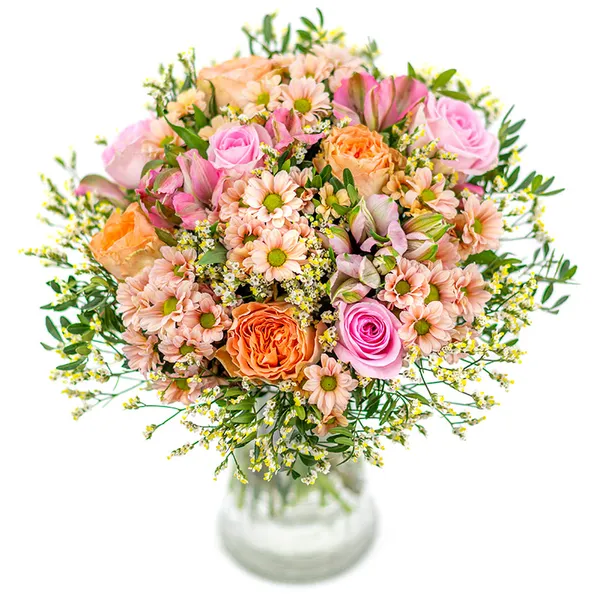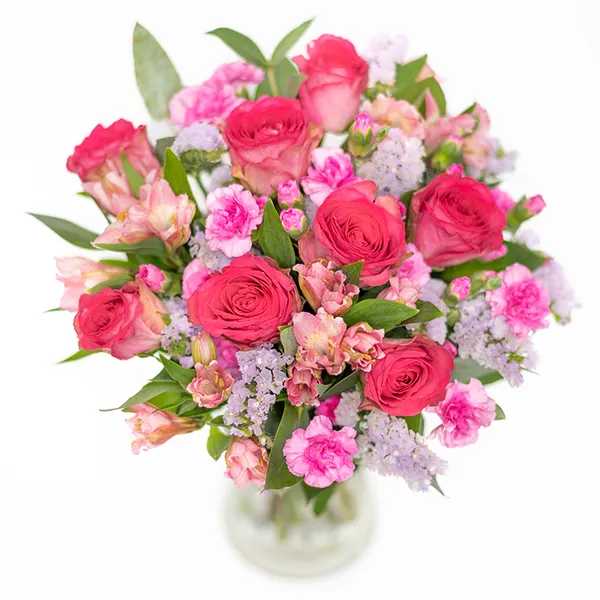Helleborus: The Winter Rose of Strength and Serenity
Helleborus, commonly known as Christmas Rose (Helleborus niger) or Lenten Rose (Helleborus orientalis), is a treasured perennial that blooms in the coldest months, often pushing through snow. With cup-shaped flowers in shades of white, pink, plum, green, or even near-black, Helleborus brings quiet elegance to winter gardens. Native to Europe and Asia, it's admired for its resilience, evergreen foliage, and ability to flower when most plants lie dormant. Symbolically, hellebores represent tranquillity, hope, strength, and renewal.
COMMON NAME
Hellebore, Christmas Rose, Lenten Rose
BOTANICAL NAME
Helleborus spp.
ORIGIN
Europe, Western Asia
PEOPLE ALSO CALL IT
Snow Rose, Winter Rose, Hellbore
FLOWERING TIME
Winter to early spring (December to March)
ASPECT
Partial shade, humus-rich, well-drained soil
SYMBOLISM
Hope, serenity, endurance, protection, rebirth
Care Tips for Helleborus in the Garden or Pot
Light: Prefers partial to full shade, especially in warmer climates.
Soil: Needs moist, humus-rich, well-draining soil. Add compost or leaf mould.
Watering: Water regularly in dry periods, but avoid waterlogging.
Fertilisation: Feed with a slow-release fertiliser or compost in early spring.
Pruning: Remove old or damaged foliage in late winter before new growth appears.
Spacing: Allow room to spread—plants will form dense, low clumps over time.
Hardiness: Very cold-hardy; thrives in USDA zones 4–9 (or -20 °C and lower).
Symbolism & Meaning
Helleborus blooms when everything else sleeps, making it a symbol of hope in darkness and the quiet strength found in stillness. In folklore, it was believed to ward off evil and offer spiritual protection. Today, it's often associated with resilience, serenity, and fresh beginnings—making it an ideal flower for the winter solstice, introspection, or encouragement.
Types of Helleborus
Helleborus niger (Christmas Rose) – Early-blooming white flowers with golden centres.
Helleborus orientalis (Lenten Rose) – Blooms later in varied colours; long-lasting.
Helleborus × hybridus – A broad category with incredible colour diversity.
Helleborus foetidus (Stinking Hellebore) – Green flowers with red edges; attractive to pollinators.
Helleborus argutifolius – Tall-growing, green blooms and serrated evergreen leaves.
Frequently Asked Questions About Helleborus
In summer, place your Christmas rose in a shady or semi-shaded spot that stays cool and protected from direct midday sun. Avoid hot balconies or sunny windowsills. Outdoors in a north- or east-facing location is ideal.
Yes, all parts of the Christmas rose are toxic to cats (and dogs, too). They contain helleborin and other compounds that can cause vomiting, drooling, diarrhoea, or more serious symptoms if ingested. Keep them well out of reach of pets.
Christmas roses typically bloom from late November to February, often even in snow. The blooms appear when most other plants are dormant, making them a true winter highlight.
Keep the pot in a cool, bright spot, ideally outdoors. Water regularly but avoid soggy soil – good drainage is essential. In winter, protect the roots from severe frost with fleece or bubble wrap around the pot. In spring, repot or plant it out in the garden.
The best time to plant Christmas roses is in autumn (September to November) or early spring. This allows the roots to settle before extreme weather arrives. Avoid planting in frozen or waterlogged soil.
The Christmas rose has dark green, leathery leaves and elegant white or slightly pink-tinged flowers with a yellow centre. The blooms sit on short stems and often peek through snow, making them especially charming in winter gardens.




